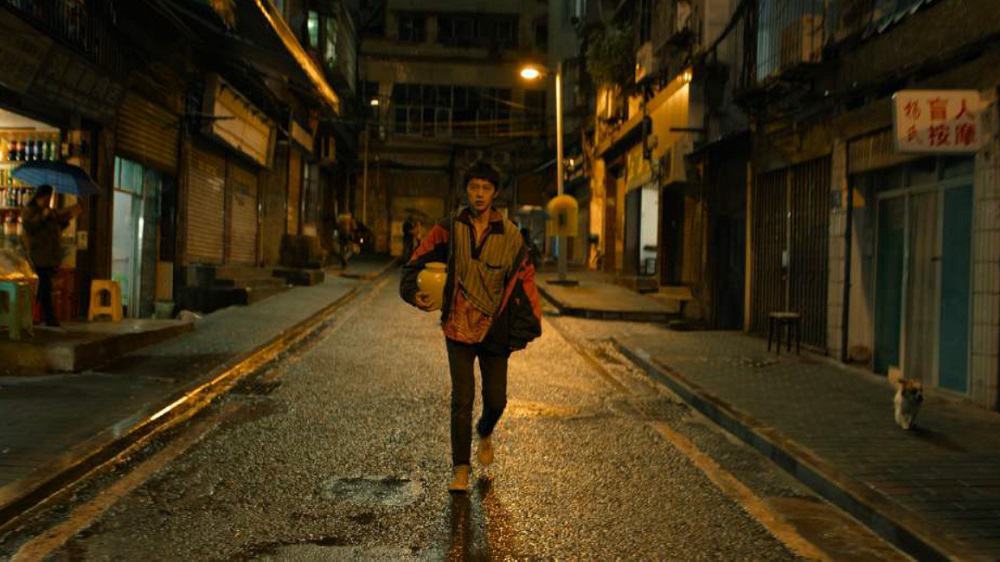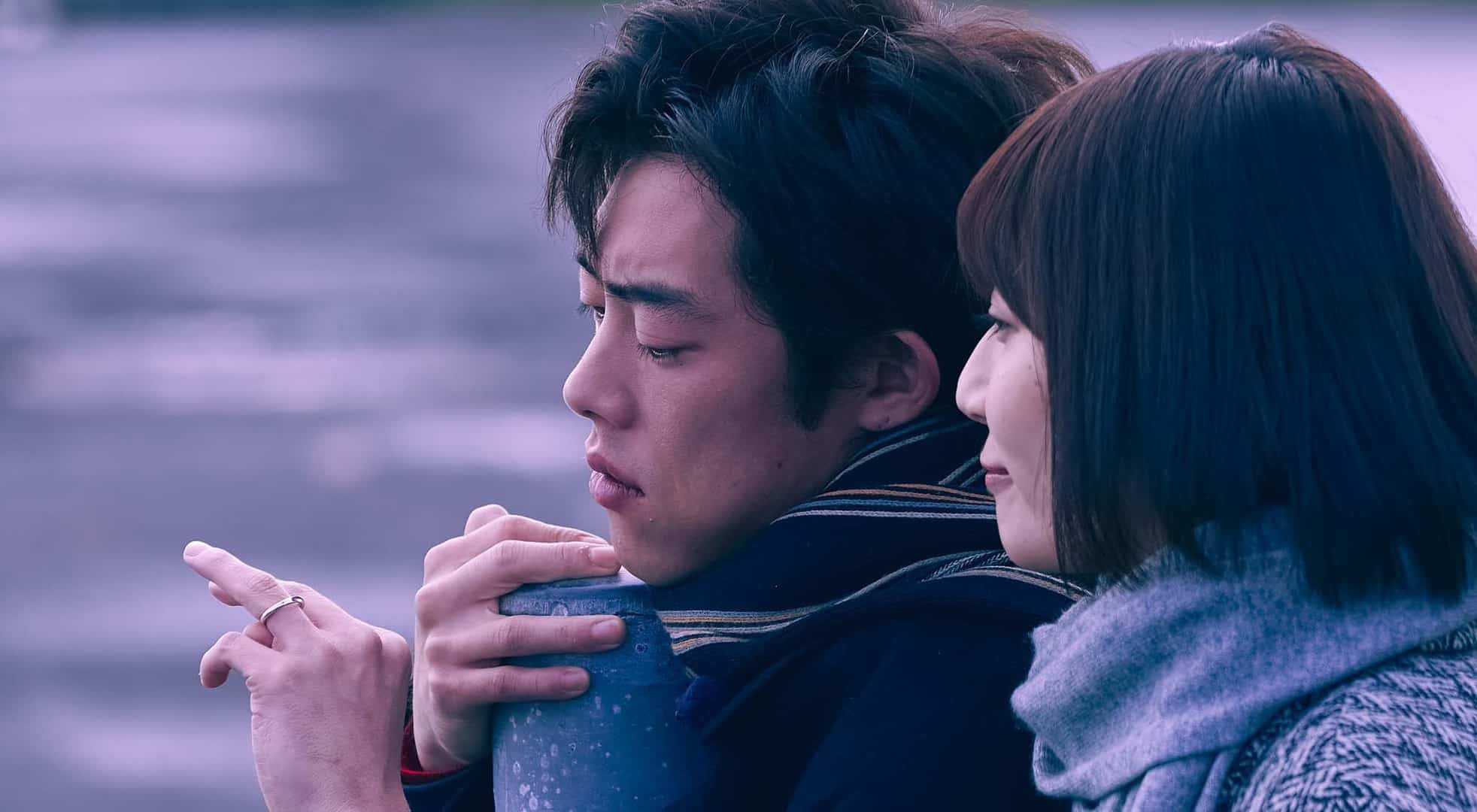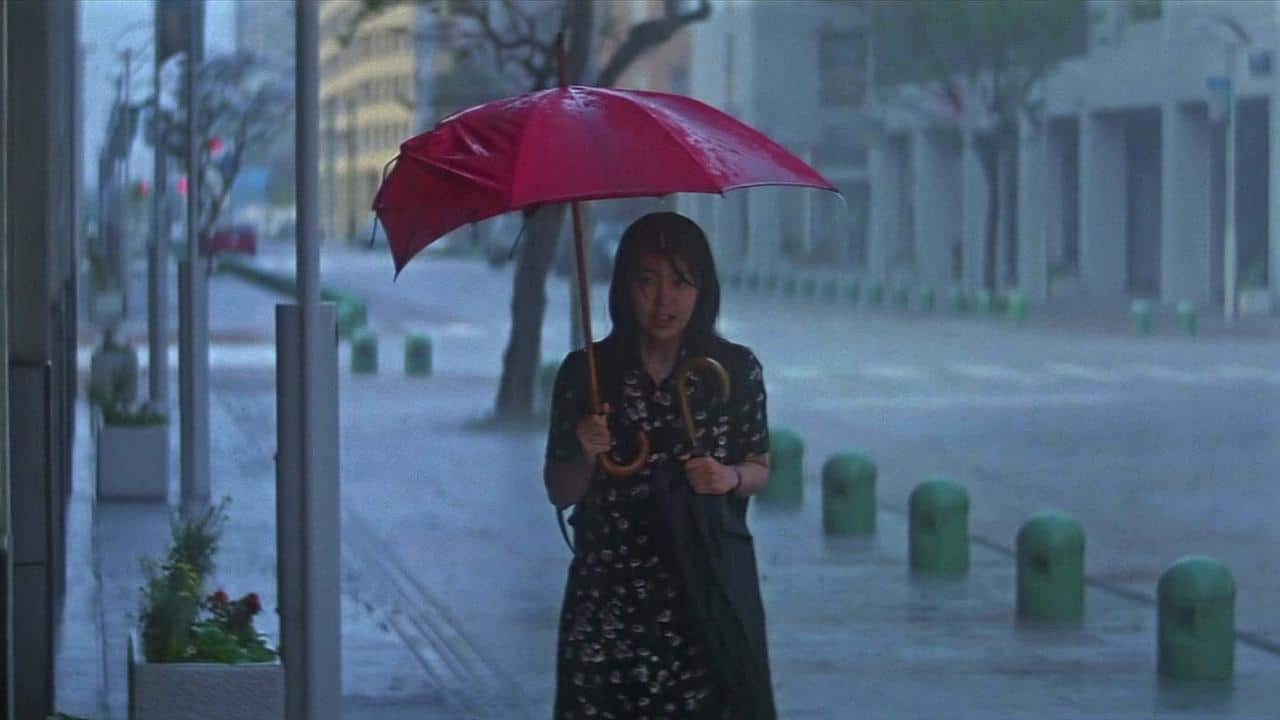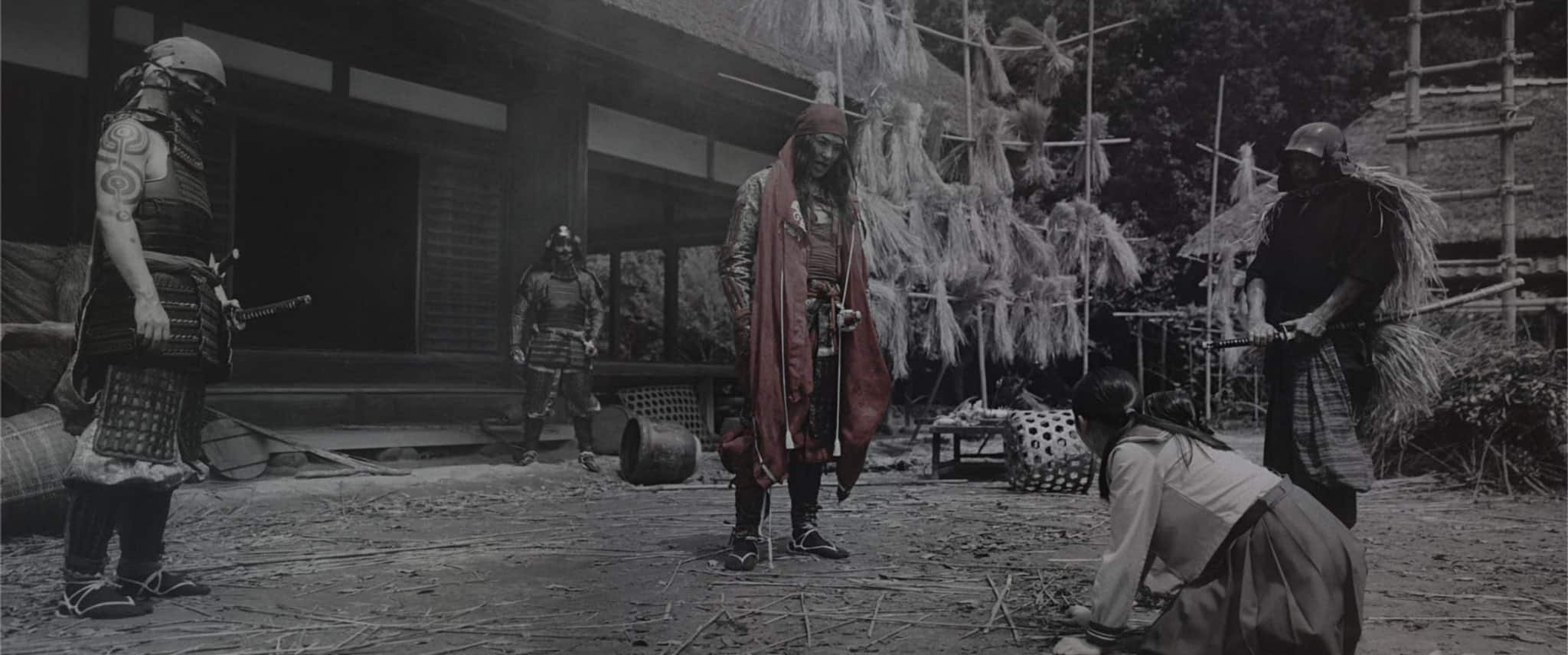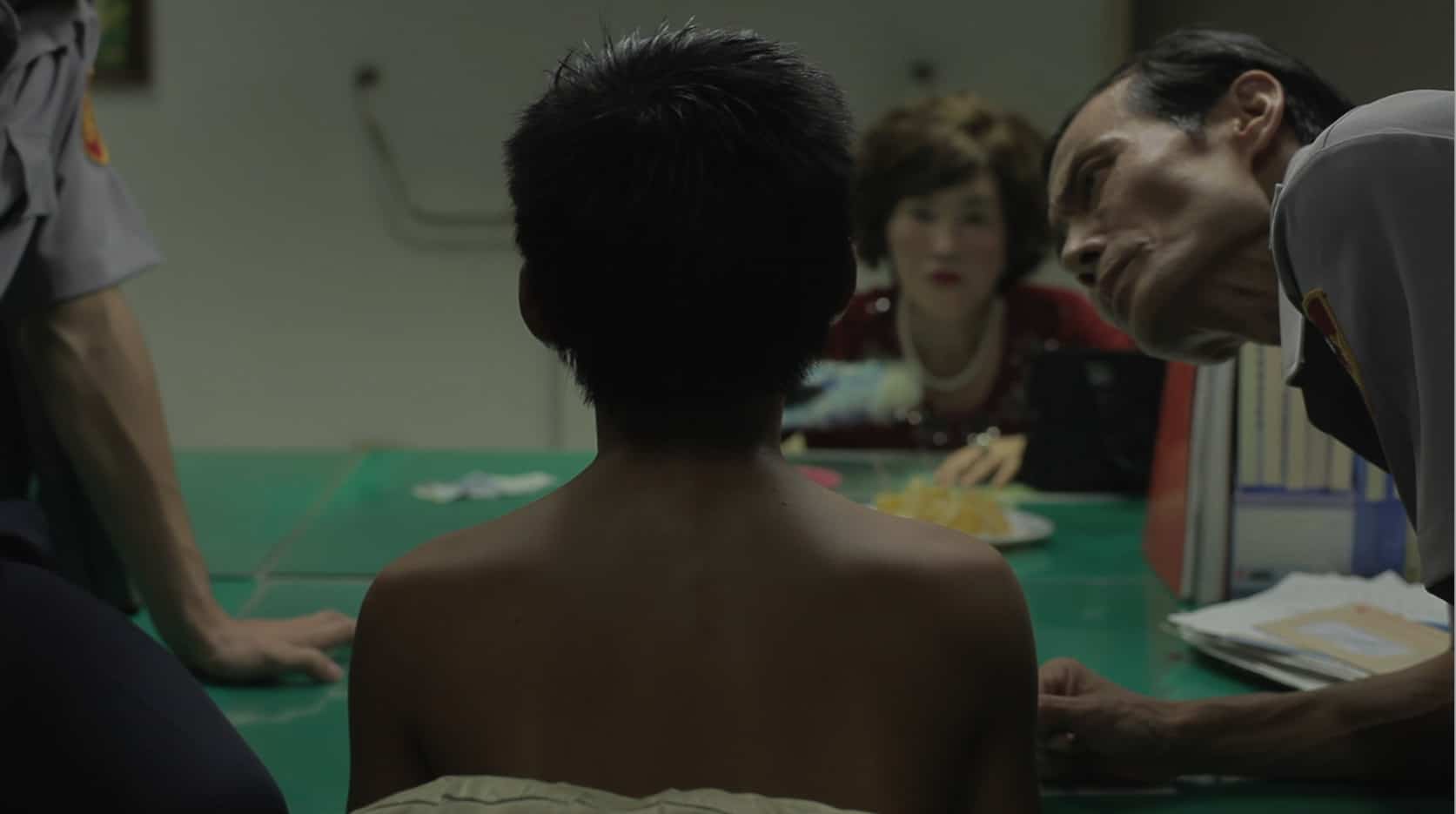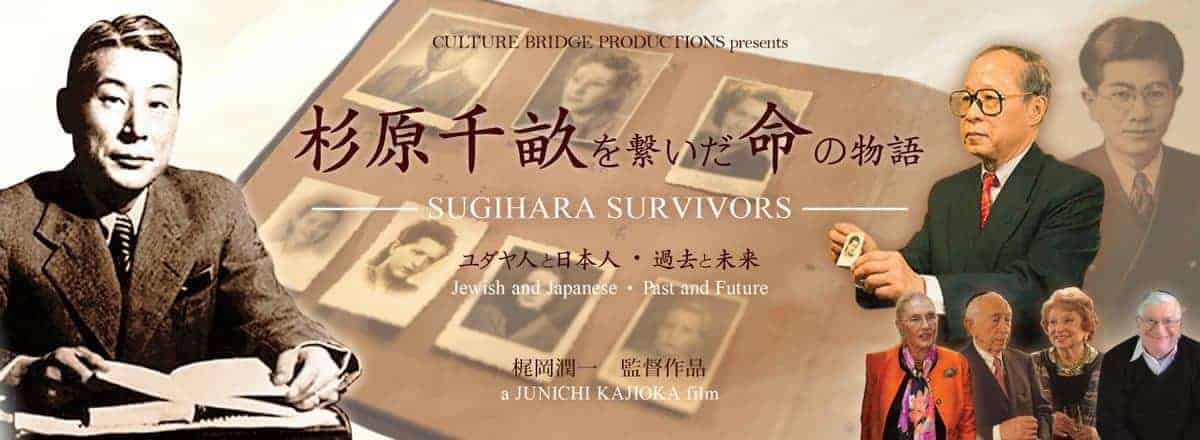“When the sun sets in the city of Manila, don't you dare make a wrong turn and end up in that dimly- lit side of the metro, where blood-sucking aswang run the most-wanted kidnapping rings, where gigantic kapre are the kingpins of crime, and magical engkantos slip through the cracks and steal your most precious possessions. When crime takes a turn for the weird, the police call Alexandra Trese.” (Ablaze Comics)
Buy This Title

“Trese” may already be a familiar name among anime fans, having already made its mark with the early success in the Netflix exclusive series – The first of its kind (series based out of Phillipines) brought to the platform. However, not everyone may know the work's origins lie in a comic series written by Budjette Tan & illustrated by Kajo Baldisimo. Published by Ablaze Comics, the graphic novel has earned it own accolades, selling out and entering second printing to coincide with the adaptation. While the buzz could be chocked down to its exploration of Filipino folklore, the graphic novel proves its foundations are strong.

In its exploration of Lore, “Trese” is an exemplary balance of introducing readers to new concepts while also not holding their hand through the process. Essentially, the narrative holds familiar elements of mystery, action and horror heightened by the backdrop of a world teeming with all manner of creatures. Additionally, between chapters the reader is presented with “Trese's notes” – case files that break down the ‘monsters' in each chapter. Combining both these approaches, the work is instantly accessible but grants access to the option to dive deeper into the folklore of the region. Ultimately, the work is the perfect balance of accessibility and exploration into a world that, to most readers, will be entirely new.
The narrative throughout volume one presents a few different stories around Alexandra Trese, acting to introduce her role as a guardian of humanity. Admittedly, this does make the first volume feel slightly disjointed in its episodic approach, but this can be overcome with subsequent releases (Vol 2 is currently available). Overall and most importantly, the inaugural release celebrates the bad-a** nature of the strong female lead in Alexandra Trese through each mini-story.

The art style of Kajo Baldisimo rests in a semi-awkward place, not helped by the lack of history many will have into Phillipino comics. On one hand, the work seems influenced by American comics with a rather gritty style imbued with lush detailed textures. But in comparing this to Western comics, the lack of colorization makes the work seem unfinished and rough. However, as is outlined in the intro to the book, the lack of funds for comics in the industry probably accounts for the choice to publish the panels free of colour. Regardless, the gritty detailed style of Baldisimo is impressive at face value with a particular knack for catching frenetic movement in action sequences. Sadly, Netflix did seem to take a more ‘anime style' approach in its adaptation, which is reason enough to pick up the graphic novel instead of (or alongside) the animated series.
“Trese” presents a unique and refreshing take on comics that can only be born out of exploration of new cultural expressions, while simultaneously excelling on its own merits within the Western comic market. Unfortunately, holding it to these standards does have the artwork fall a bit short in lacking color – hopefully this is something that the creators will be able to explore in later projects. Overall, “Trese” exists as a rather remarkable title that will hopefully inject more interest into the Filipino comic industry and allow more unique voices to shake-up the comic book industry in the West.



